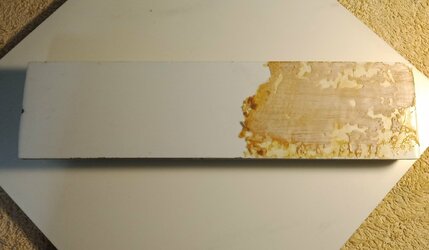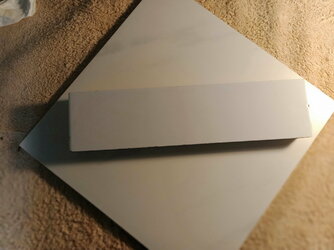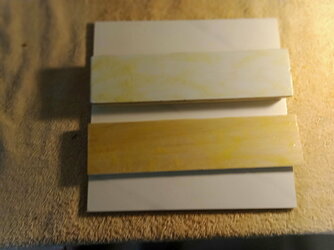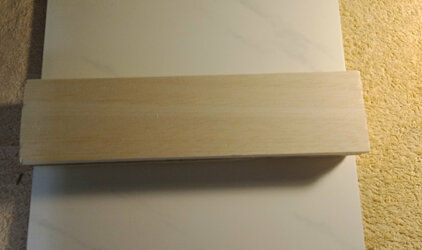How did you come up with that progression?My 0.1μm hanging balsa technique must have improved (become lighter) over the past year or so. After each shave, I use to maintain my SRs with the following progression:
Clean Cloth Strop (help taut, weight of blade only and no noticeable strop deflection while stropping)6 to 12 standard laps to clean and dry the bevel0.1μm Balsa - Hanging15 standard laps6 short X strokes15 standard laps8 short X strokesEnd-for-end the balsa15 standard laps10 short X strokes15 standard laps12 short X strokes
Over time, I felt that my edges were deteriorating just a tad. I put this down to my hanging laps becoming lighter. A couple of months ago I adjusted my post-shave maintenance to:
Clean Cloth Strop (help taut, weight of blade only and no noticeable strop deflection while stropping)6 to 12 standard laps to clean and dry the bevel
0.1μm Balsa - Hand Held (not hanging) weight of blade only15 standard laps6 short X strokesEnd-for-end the balsa15 standard laps8 short X strokes0.1μm Balsa - Hanging15 standard laps10 short X strokesEnd-for-end the balsa15 standard laps12 short X strokes
Only a slight change but a noticeable improvement in keeping the edge at its optimum. Now I don't feel the need to put a SR through a full balsa progression after every 20 to 30 shaves to see if there is any edge improvement.
96 strokes on a charged balsa. It probably does not take up that much time, but still, is there a point of diminishing returns at some stage before that lap count?





